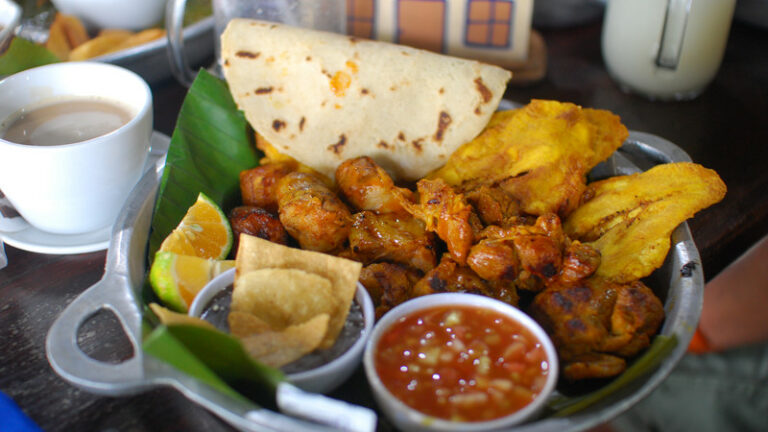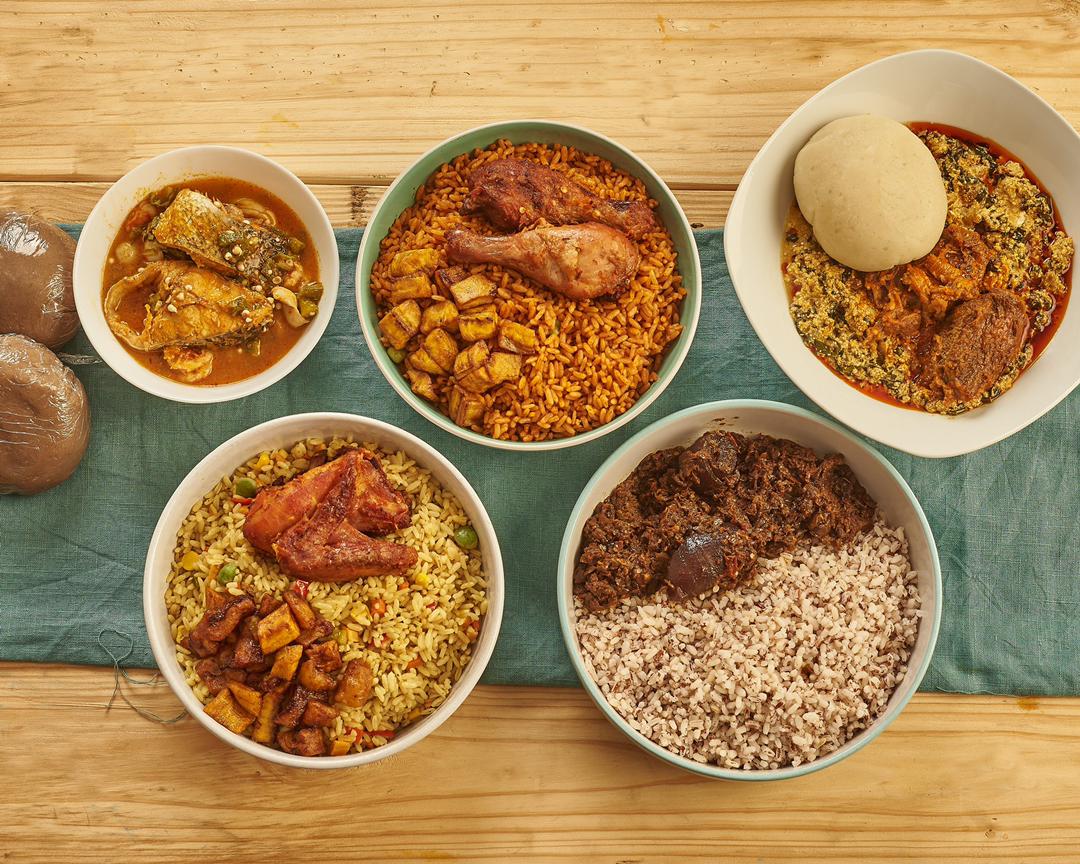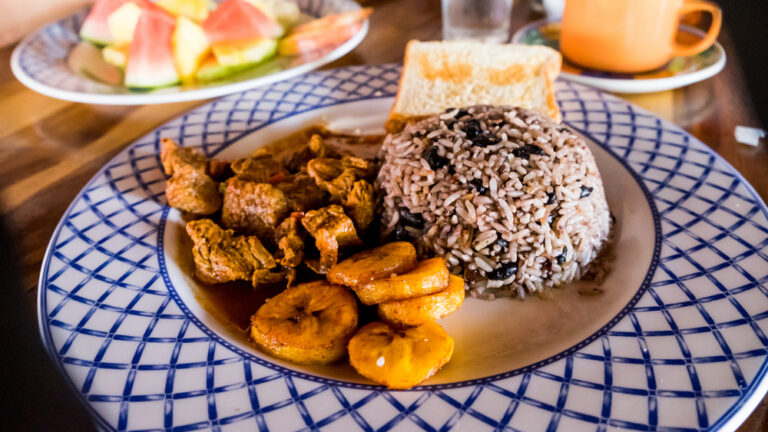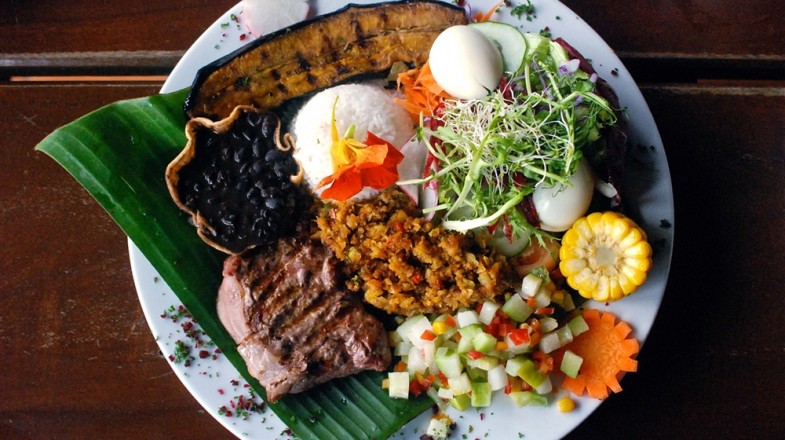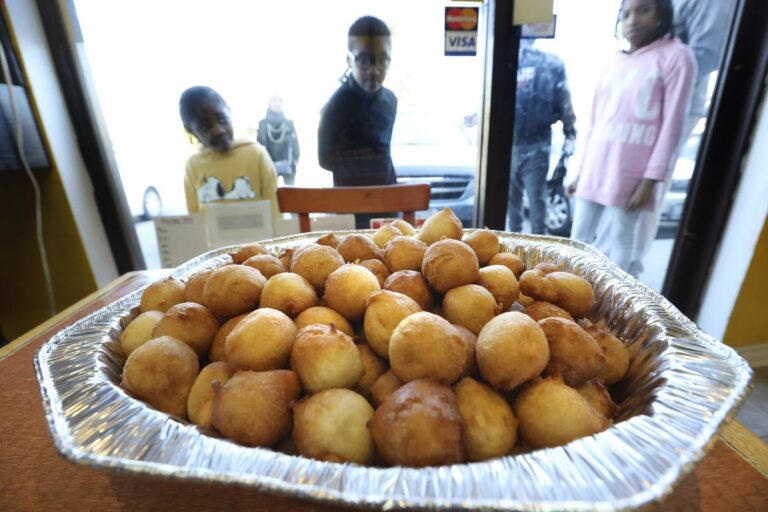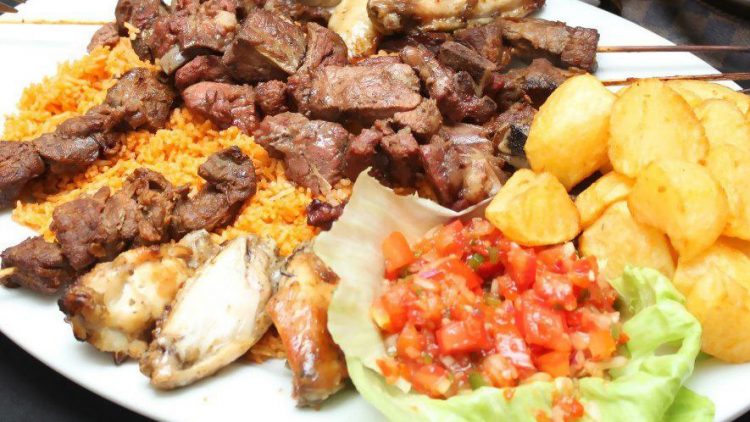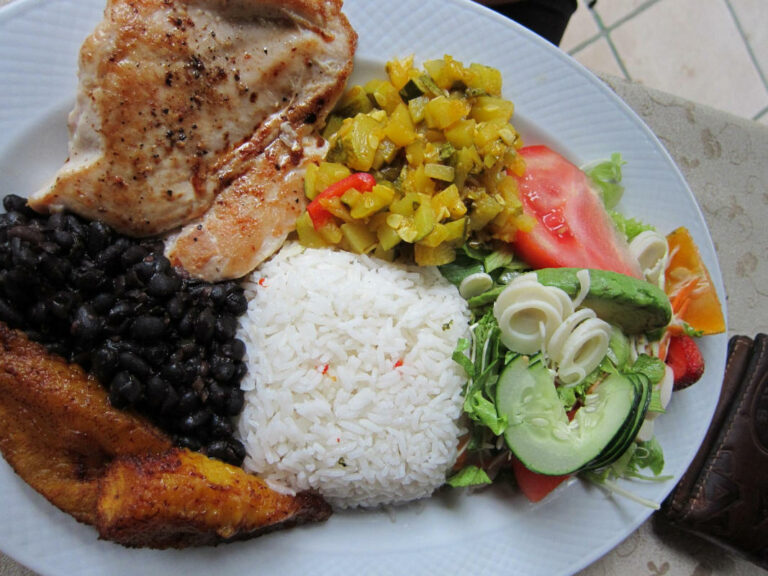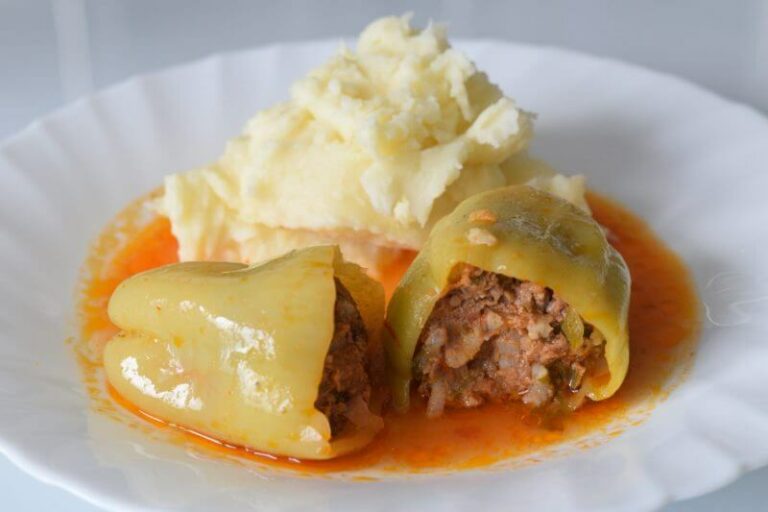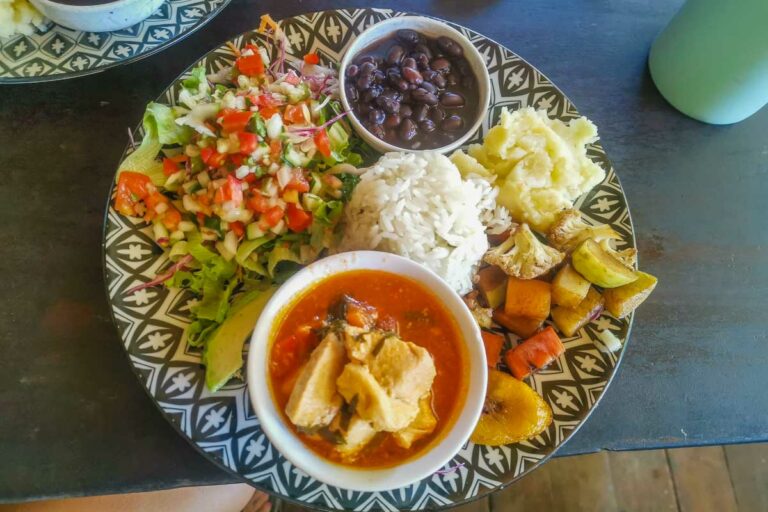Introduction: Costa Rican cuisine
Costa Rican cuisine is a reflection of the country’s diverse cultural influences, including Spanish, African, and indigenous traditions. The cuisine is known for being simple, yet flavorful and hearty, with a focus on fresh and locally sourced ingredients. Some of the most popular dishes include casado (a traditional platter with rice, beans, meat or fish, and vegetables), gallo pinto (a breakfast dish made with rice and beans), ceviche (seafood marinated in lime juice), and chifrijo (a dish of rice, beans, pork, and pico de gallo).
Exploring street food culture in Costa Rica
Street food is a beloved part of Costa Rican cuisine, with vendors selling a variety of affordable and tasty snacks and meals throughout the country. From busy city streets to rural villages, street food stalls are a common sight in Costa Rica, offering a chance to sample local flavors and connect with the culture.
Historical background of street food in Costa Rica
Street food has been a part of Costa Rican culture for centuries, with vendors selling fresh fruits, tamales, and other snacks from carts and stalls since colonial times. However, it wasn’t until the 20th century that street food really took off, with the rise of urbanization and tourism driving the demand for quick and convenient food options.
What are the most popular street foods in Costa Rica?
Some of the most popular street foods in Costa Rica include empanadas (stuffed pastries), churros (fried dough pastry), tamales (steamed corn dough filled with meat, vegetables, and spices), and plantains (a type of banana that is fried or baked and served as a side dish). Other popular options include tacos, hot dogs, and hamburgers, which have been adapted to fit local tastes.
Where to find street food in Costa Rica?
Street food can be found throughout Costa Rica, from the bustling markets of San Jose to the beaches of the Pacific coast. While vendors often set up shop in busy areas, there are also dedicated street food parks and festivals that showcase the diversity of local cuisine.
Health and safety concerns with Costa Rican street food
While street food is generally safe to eat in Costa Rica, visitors should take precautions to avoid food-borne illnesses. This includes eating at well-established stalls that have a high turnover rate, avoiding raw or undercooked meats, and washing hands regularly. It’s also a good idea to carry hand sanitizer and bottled water when sampling street food.
The social and economic impact of street food in Costa Rica
Street food plays an important role in the local economy, providing employment opportunities for vendors and supporting small-scale agriculture and fishing industries. It also serves as a platform for cultural exchange, allowing visitors to connect with the local community and learn more about Costa Rican cuisine and traditions.
Conclusion: Is street food common in Costa Rica?
In summary, street food is a beloved and integral part of Costa Rican cuisine, with vendors selling a variety of affordable and delicious snacks and meals throughout the country. While visitors should take precautions to ensure their safety, sampling street food provides a unique opportunity to connect with local culture and support the local economy.

